A irresistibly romantic thatched roundhouse with glorious gardens in an idyllic Dorset village
Formerly a gatehouse and a folly, the charming Round Lodge stands guard on the glorious setting of Compton Park, land associated for generations with nearby 16th century Compton House.
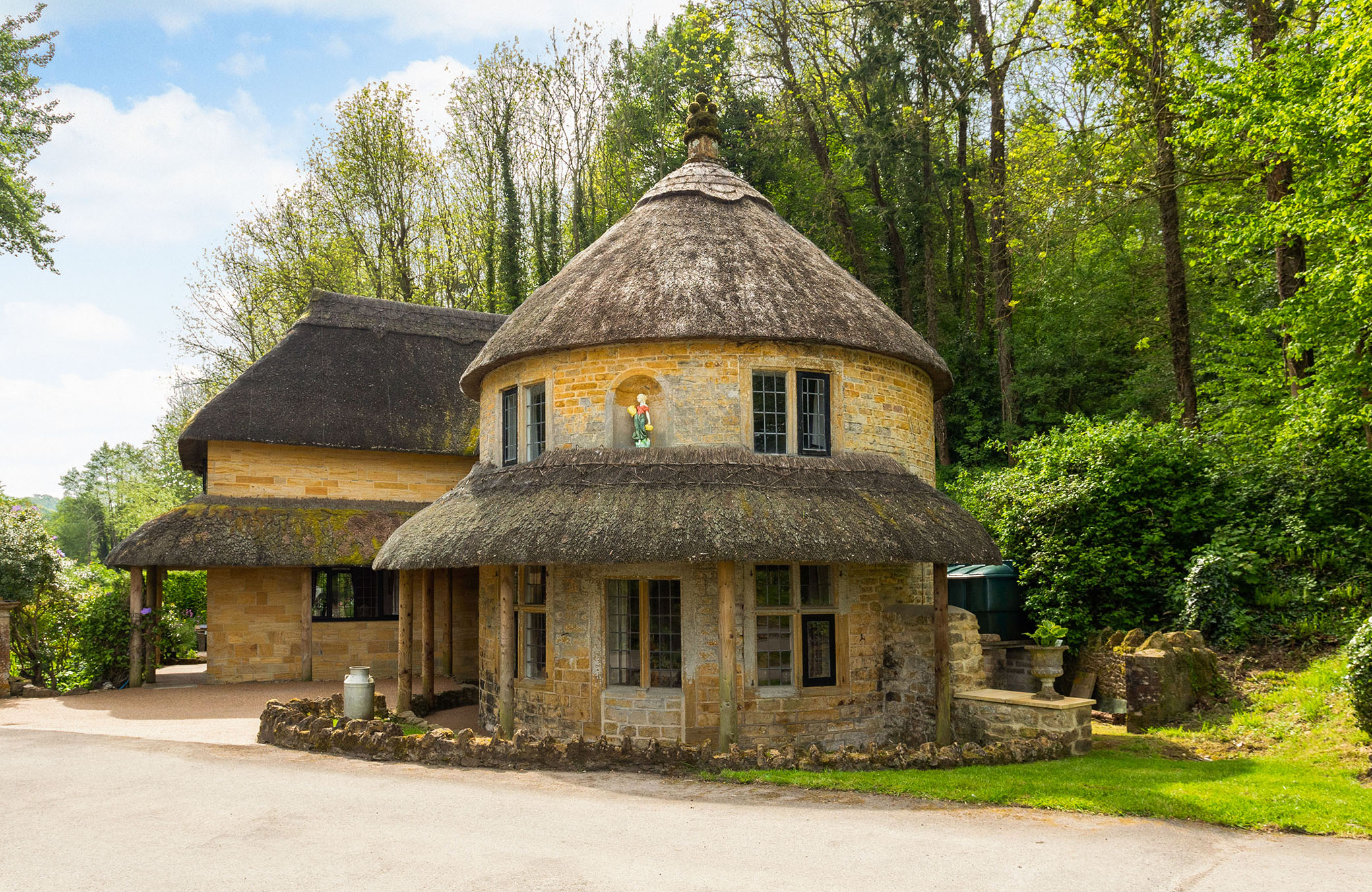

The charming Round Lodge stands guard on the glorious setting of Compton Park, land associated for generations with nearby 16th century Compton House. The Grade II-listed property is on the market via Savills for £650,000.
Built in circa 1826, it offers four bedrooms over two floors. The original structure has been extended twice, but rare period features, such as the thatched verandah, stone-mullioned windows and dressed round stone walls remain.
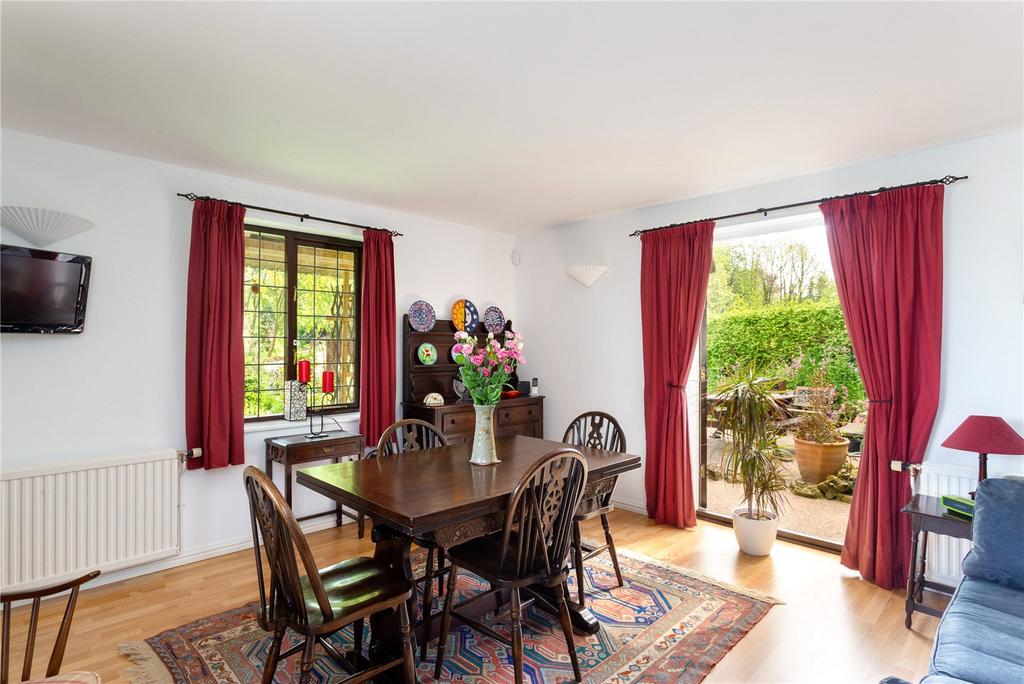
Interiors are cosy, and surprisingly light — especially the modern and well-appointed kitchen, which has plenty of storage. Adjoining this is a single storey conservatory, with a southwest outlook. Downstairs, you’ll also find a generously proportioned entrance hall, cloakroom, circular-walled sitting room and a separate dining room with direct access out into the garden.
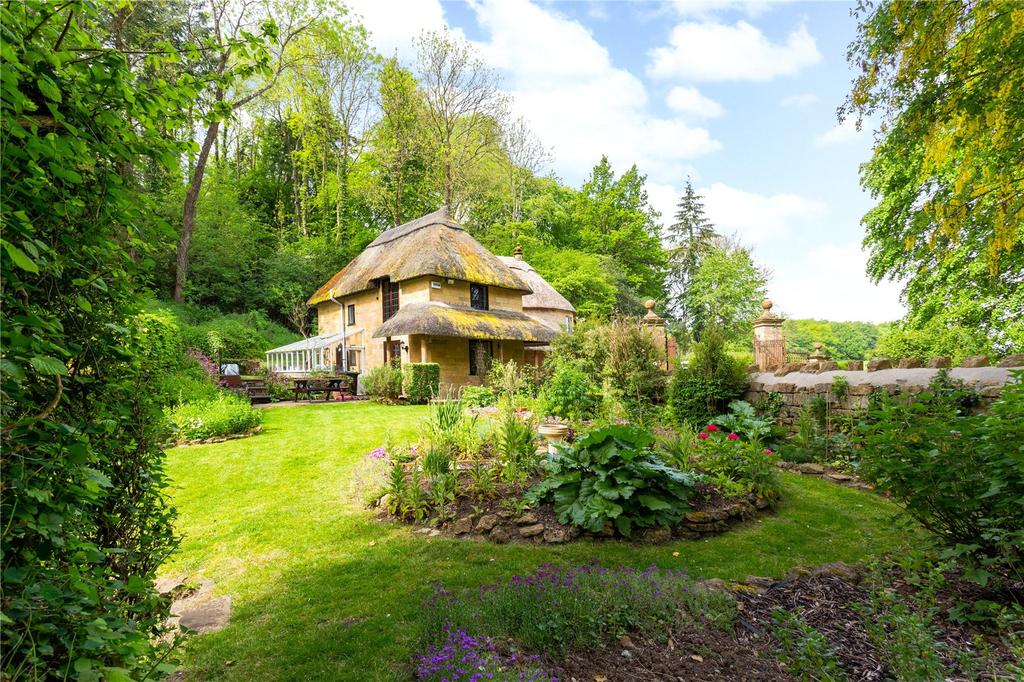
Upstairs, there’s a master bedroom and ensuite, three further bedrooms and a family bathroom — all topped with a quirky, conical-shaped thatched roof.
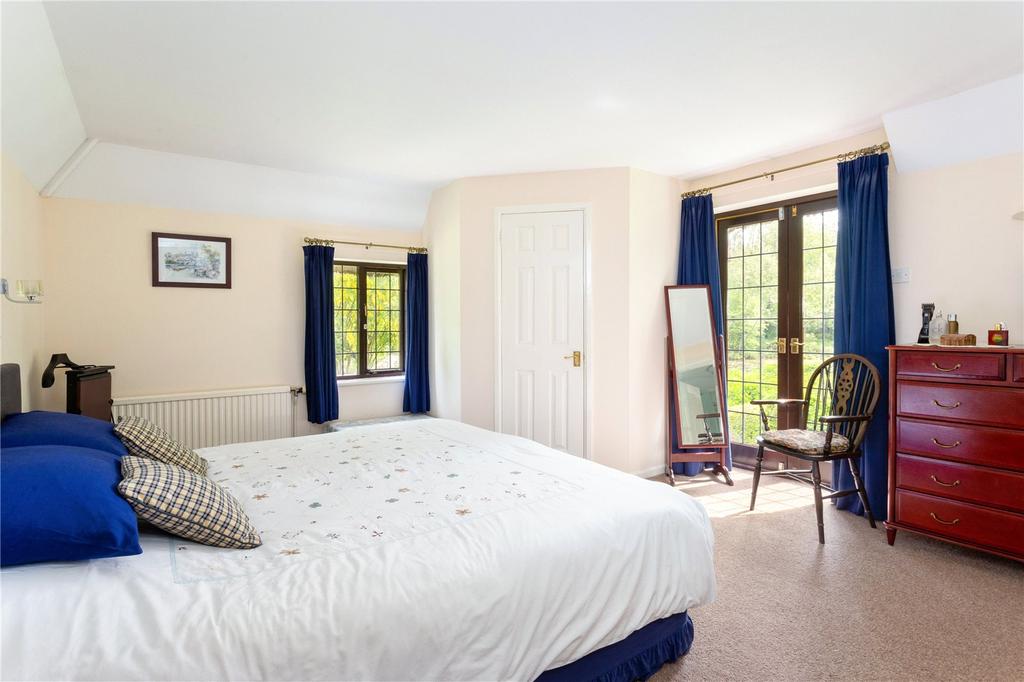
The gardens — of about an acre — have been landscaped and planted by the current owners, and are framed by a stone wall and mixed woodland that surrounds the property. The majority sit to the south and west.
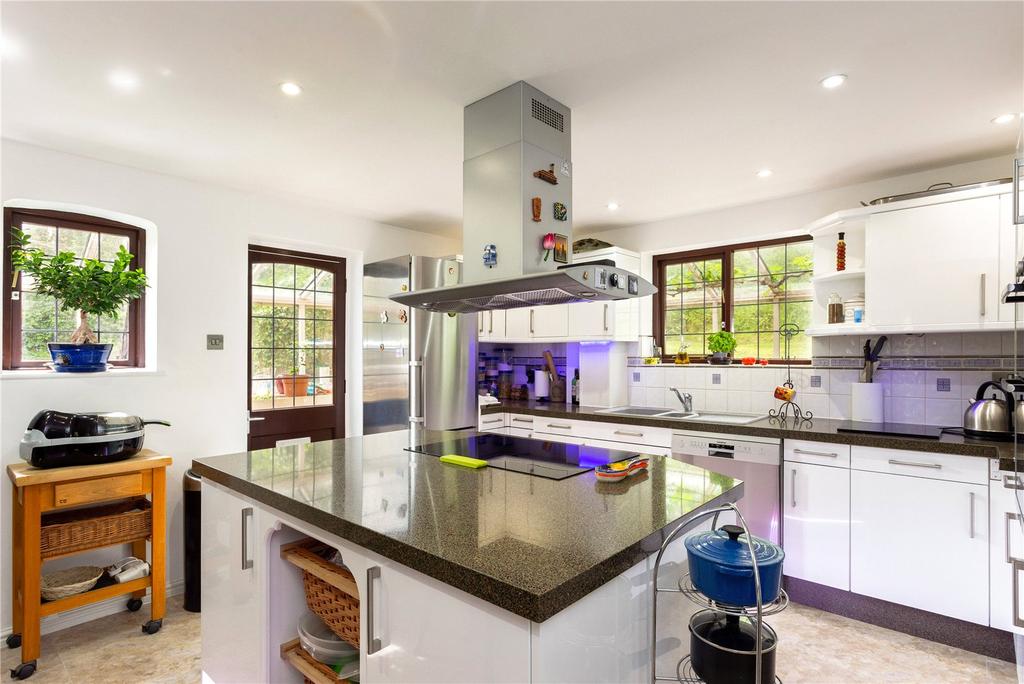
To the west, a terrace leads to a lawn, summer house and deck overlooking a lake, the ideal spot to spend a summer’s evening.
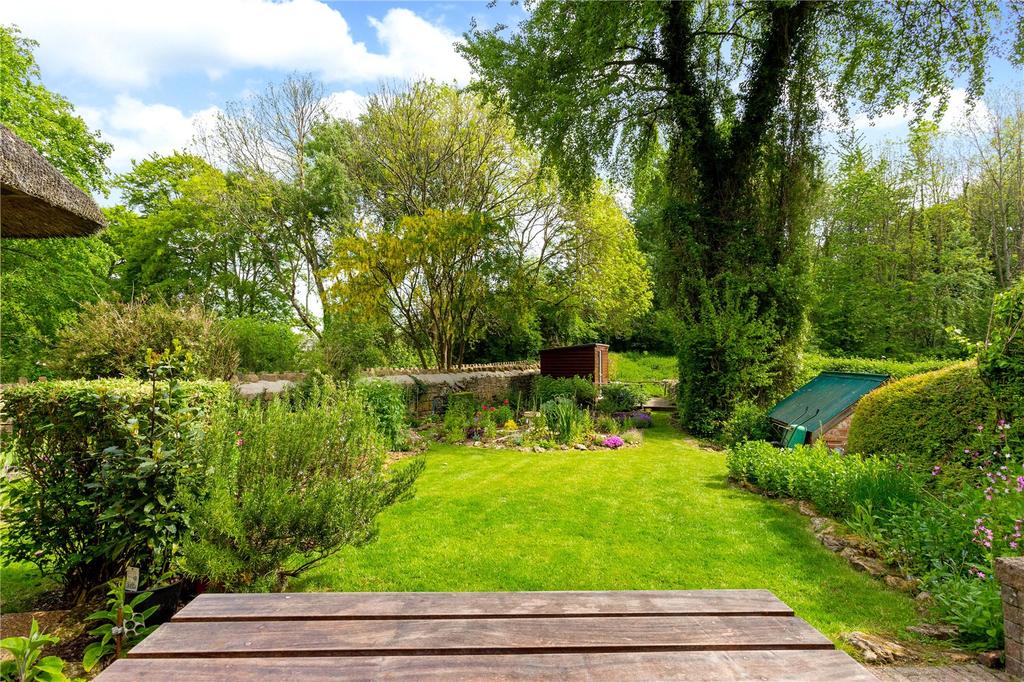
The Round Lodge’s rural location is just a short distance from Nether Compton — an attractive village comprising local stone period cottages and houses, as well as a parish church, pub and active village hall.
Sign up for the Country Life Newsletter
Exquisite houses, the beauty of Nature, and how to get the most from your life, straight to your inbox.
The Abbey town of Sherborne is also nearby, as well as Yeovil — both enjoy excellent transport links. The area as a whole is well served by independent schools including Sherborne School, Sherborne Girls and Hazelgrove.

Credit: Strutt and Parker
Best country houses for sale this week
An irresistible West Country cottage and a magnificent Cumbrian country house make our pick of the finest country houses for
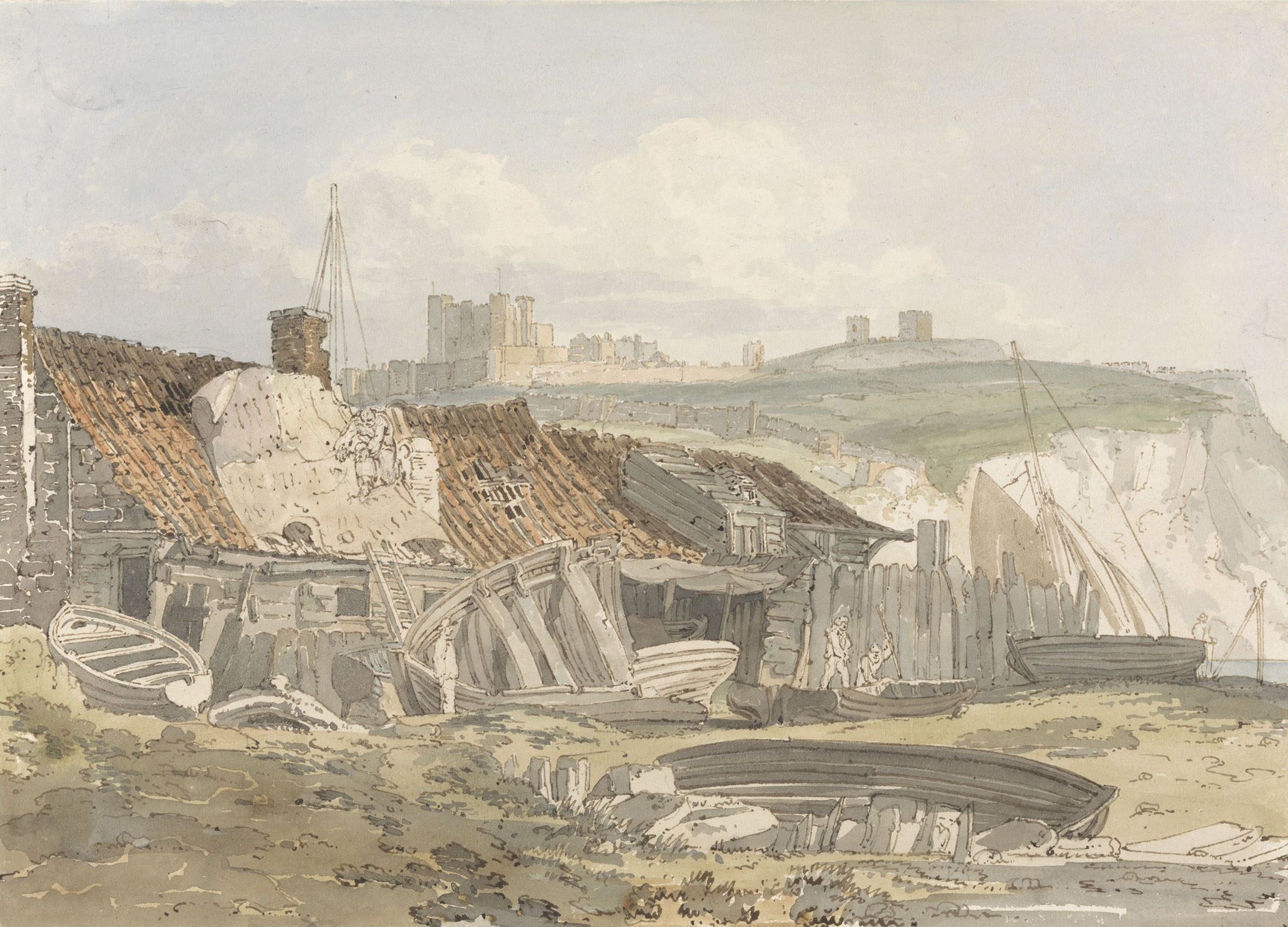
In Focus: The vast trove of watercolours documenting the world as it looked before photography
The explosion in watercolour painting in the 18th century came not from artists' studios but rather from the unbeatable practicality
Country Life is unlike any other magazine: the only glossy weekly on the newsstand and the only magazine that has been guest-edited by HRH The King not once, but twice. It is a celebration of modern rural life and all its diverse joys and pleasures — that was first published in Queen Victoria's Diamond Jubilee year. Our eclectic mixture of witty and informative content — from the most up-to-date property news and commentary and a coveted glimpse inside some of the UK's best houses and gardens, to gardening, the arts and interior design, written by experts in their field — still cannot be found in print or online, anywhere else.
-
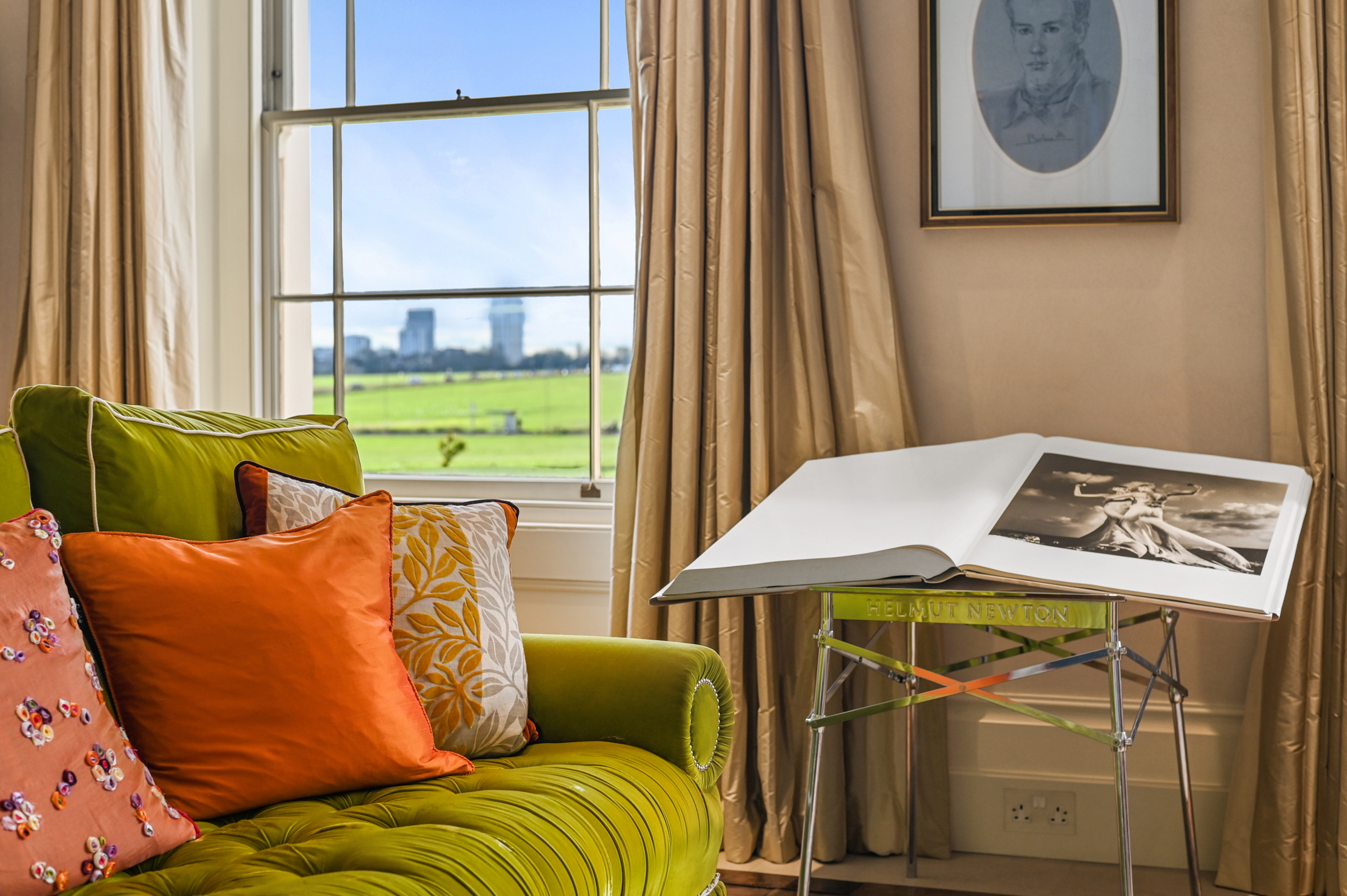 A rare opportunity to own a family home on Vanbrugh Terrace, one of London's finest streets
A rare opportunity to own a family home on Vanbrugh Terrace, one of London's finest streetsThis six-bedroom Victorian home sits right on the start line of the London Marathon, with easy access to Blackheath and Greenwich Park.
By James Fisher Published
-
 Materials, textures, construction, expression: A Brutalist watch on your wrist
Materials, textures, construction, expression: A Brutalist watch on your wristLuxury watchmakers are seeking to bridge the gap between two contrasting styles, with exciting results.
By Chris Hall Published
-
 A rare opportunity to own a family home on Vanbrugh Terrace, one of London's finest streets
A rare opportunity to own a family home on Vanbrugh Terrace, one of London's finest streetsThis six-bedroom Victorian home sits right on the start line of the London Marathon, with easy access to Blackheath and Greenwich Park.
By James Fisher Published
-
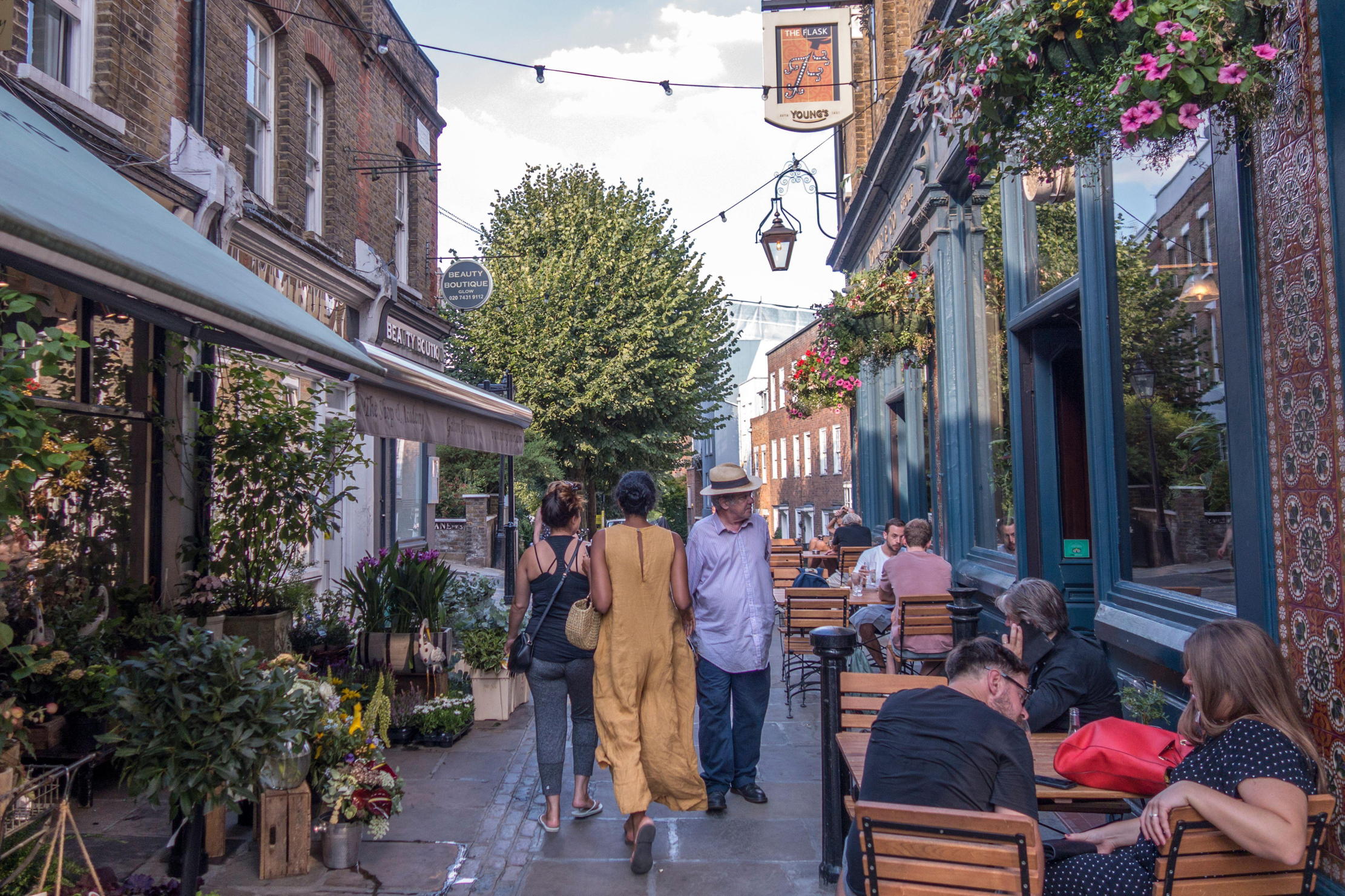 A day walking up and down the UK's most expensive street
A day walking up and down the UK's most expensive streetWinnington Road in Hampstead has an average house price of £11.9 million. But what's it really like? Lotte Brundle went to find out.
By Lotte Brundle Last updated
-
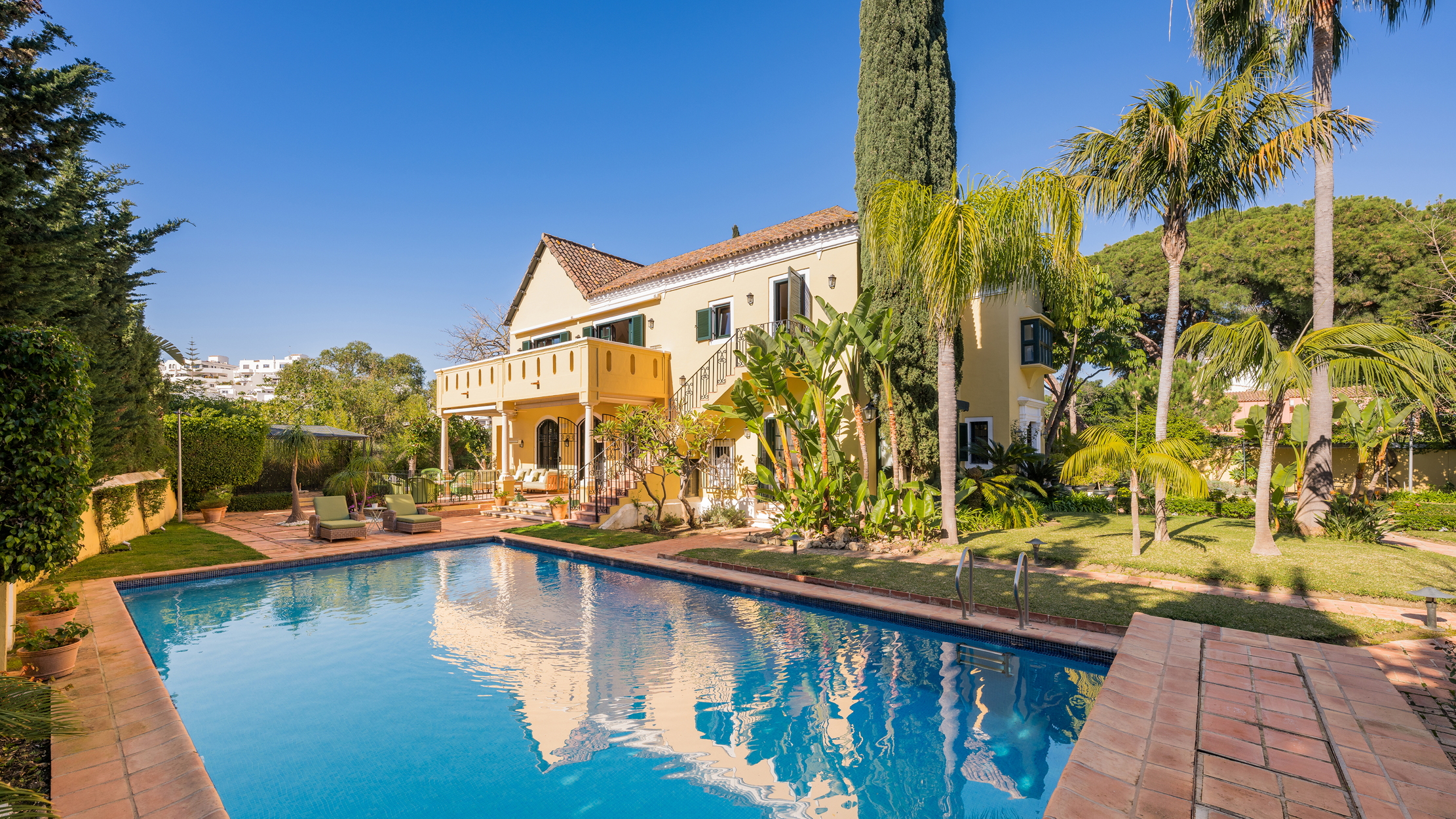 Damon Hill's former home in Marbella is the perfect place to slow down
Damon Hill's former home in Marbella is the perfect place to slow downThe glorious Andalusian-style villa is found within the Lomas de Marbella Club and just a short walk from the beach.
By James Fisher Published
-
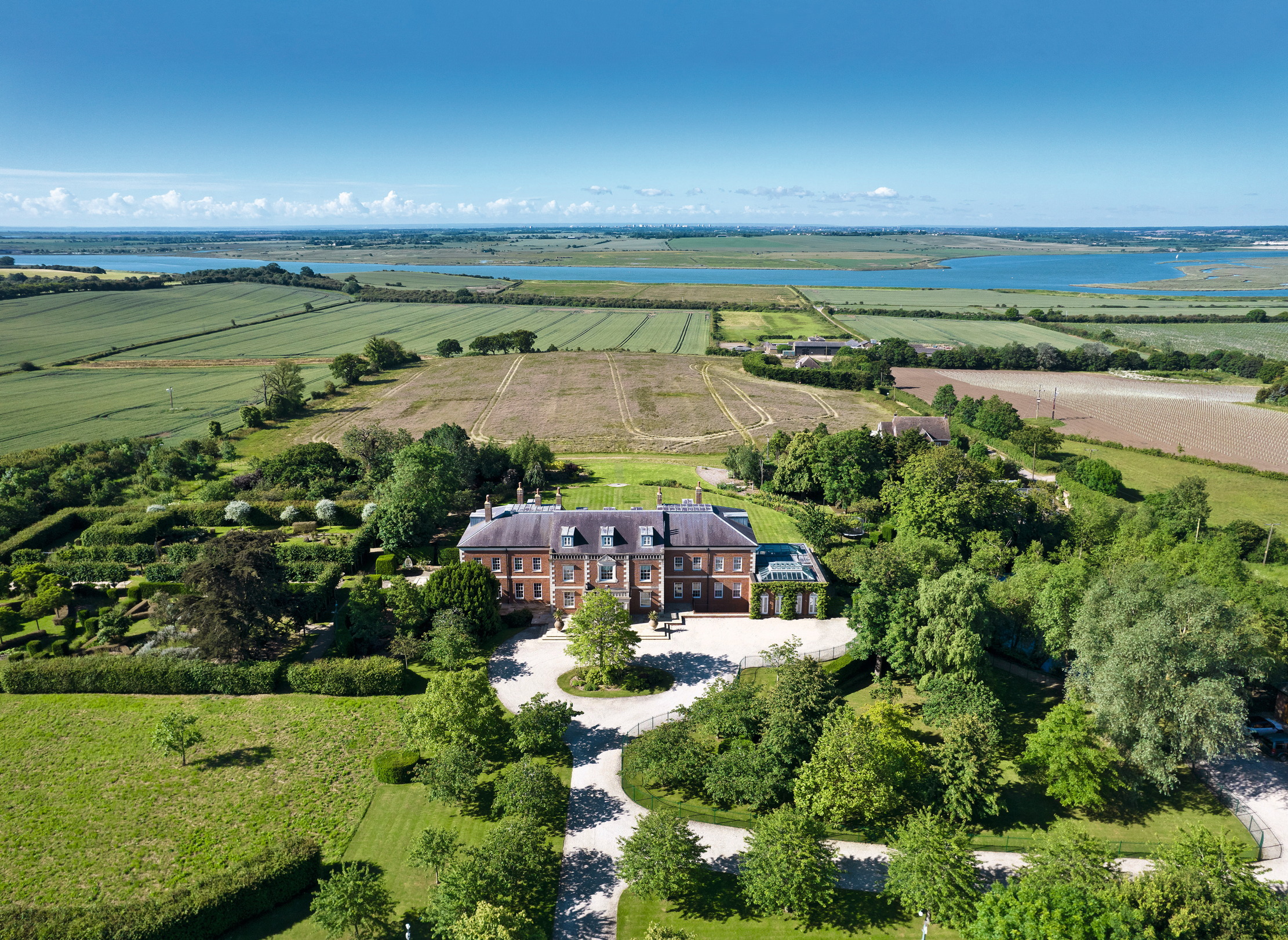 A 327-acre estate in the heart of 'England’s Côte d’Or', with a 26,000sq ft Georgian style home at its heart
A 327-acre estate in the heart of 'England’s Côte d’Or', with a 26,000sq ft Georgian style home at its heartStokes Hall in the Crouch Valley is an inspiring property looking for a new owner.
By Penny Churchill Published
-
 Schreiber House, 'the most significant London townhouse of the second half of the 20th century', is up for sale
Schreiber House, 'the most significant London townhouse of the second half of the 20th century', is up for saleThe five-bedroom Modernist masterpiece sits on the edge of Hampstead Heath.
By Lotte Brundle Published
-
 Is the 'race for space' officially over?
Is the 'race for space' officially over?During the lockdowns, many thought the countryside was the place to be. It seems many are now changing their minds.
By Annabel Dixon Last updated
-
 What's a 'wellness village' and will it tempt you back into the office?
What's a 'wellness village' and will it tempt you back into the office?The team behind London's first mixed-use ‘wellness village’ says it has the magic formula for tempting workers back into offices.
By Annunciata Elwes Published
-
 A mini estate in Kent that's so lovely it once featured in Simon Schama's 'History of Britain'
A mini estate in Kent that's so lovely it once featured in Simon Schama's 'History of Britain'The Paper Mill estate is a picture-postcard in the Garden of England.
By Penny Churchill Published
